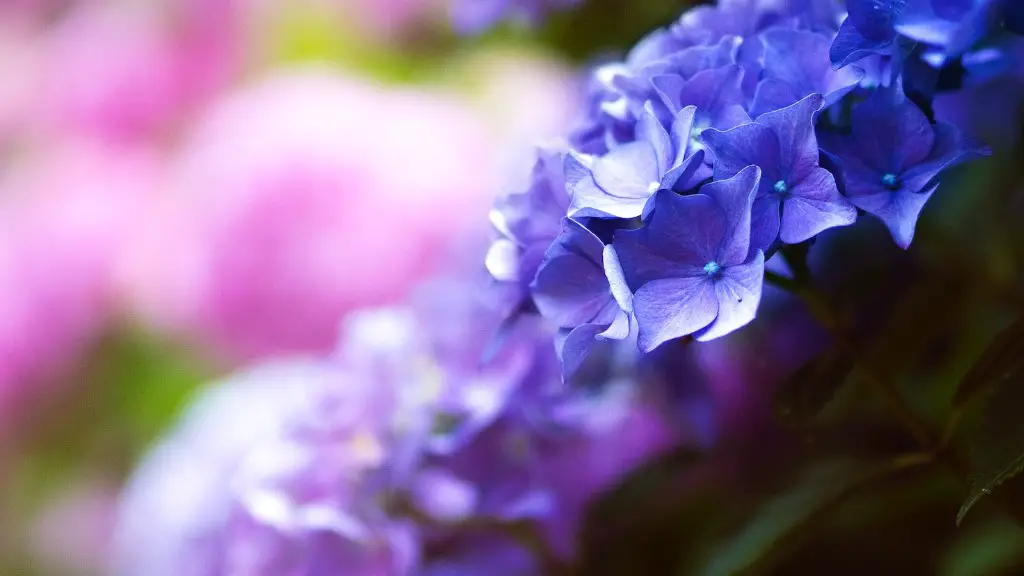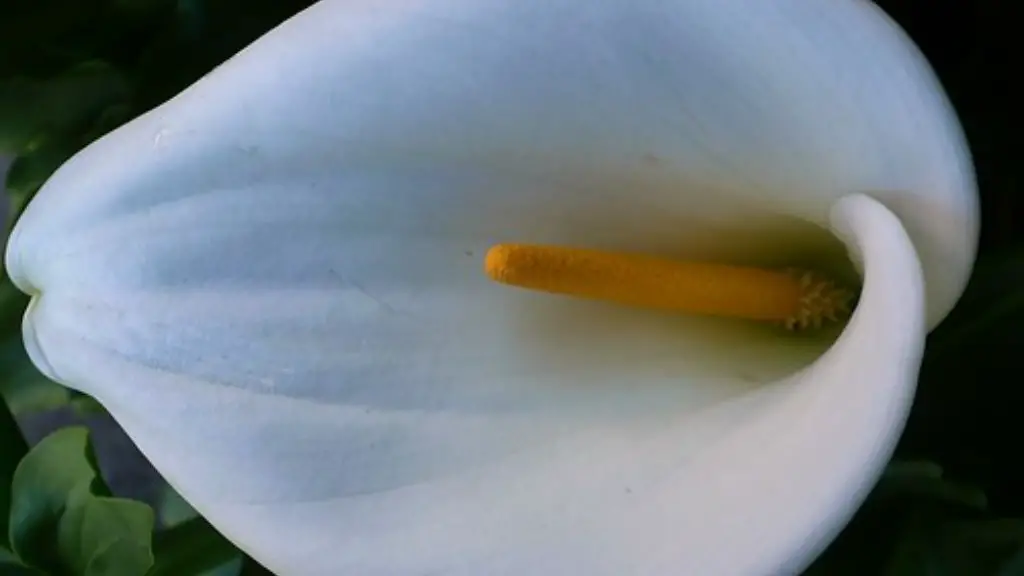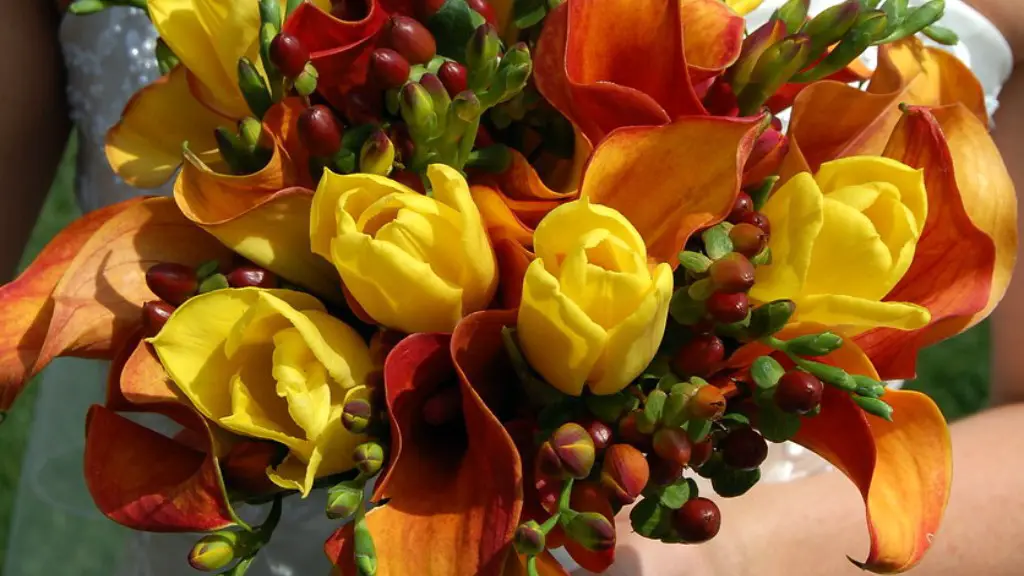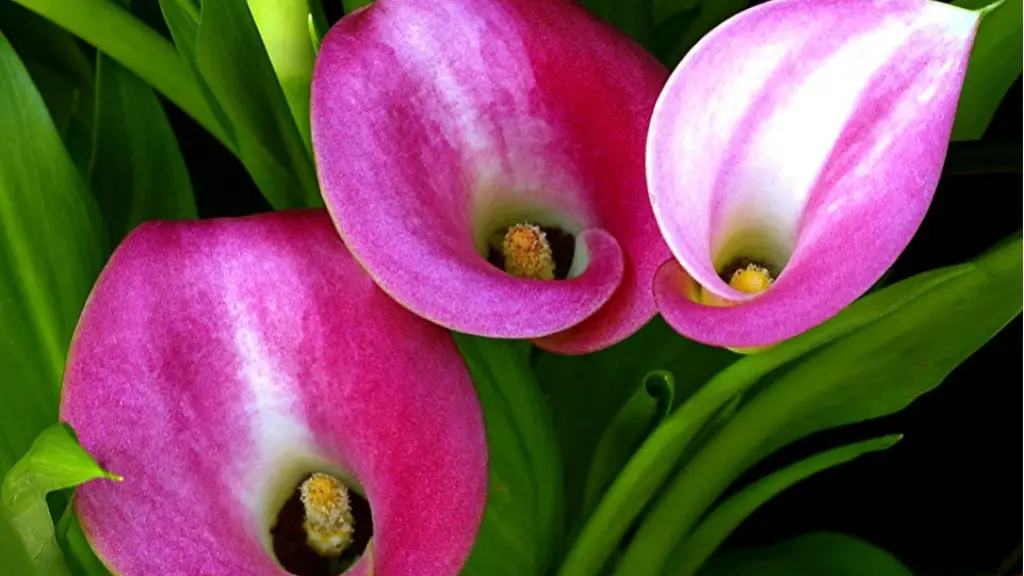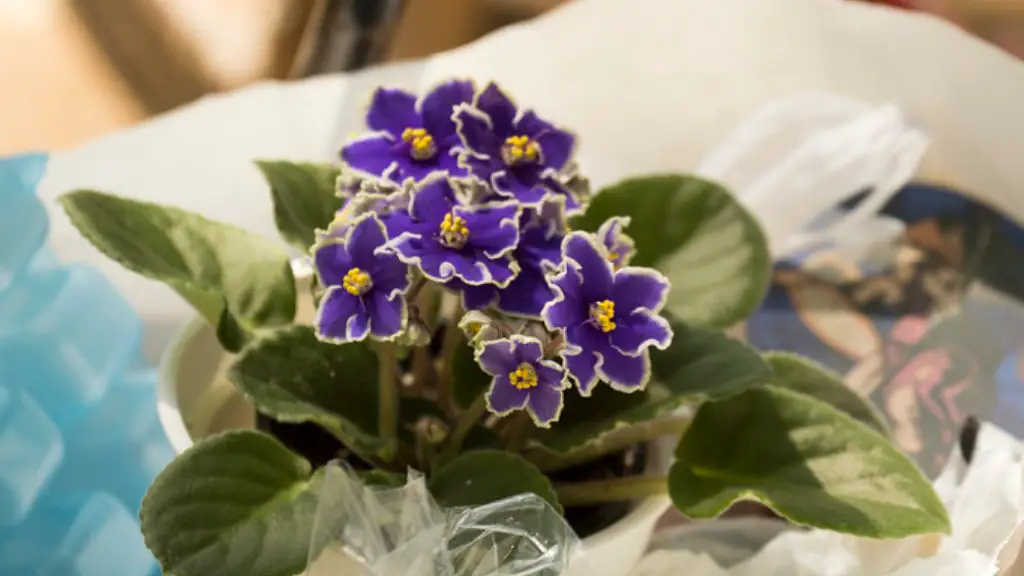African violets are a type of plant that can be found in many different colors. They are very popular houseplants and are known for being easy to care for. Hybridizing African violets is a process of cross-breeding two different varieties of the plant in order to create a new, unique variety. This can be done by carefully choosing two plants that have complementary traits, and then pollinating the flowers of one plant with the pollen of the other plant.
hybridizing African violets is a great way to create a new, unique variety of the plant. In order to do this, you will need to choose two different varieties of African violets that have complementary traits. Once you have done this, you will need to pollinate the flowers of one plant with the pollen of the other plant.
By hybridizing African violets, you can create new and unique color combinations that are not found in nature. To do this, you will need to cross two different varieties of African violets. The first step is to choose the two varieties that you want to cross. Then, you will need to pollinate the flowers of one plant with the pollen of the other plant. You can do this by using a small paintbrush to transfer the pollen from the stamen of one flower to the pistil of the other flower. Once the pollen has been transferred, you will need to wait for the flowers to set seed. Once the seeds have matured, you can plant them and grow them into new plants.
How do I get more variegation on my African violets?
If you want to encourage more variegation in your African violets, make sure you are providing enough light. Variegated leaves need bright, indirect light to maintain their coloration. If your plant is not getting enough light, the leaves will revert to all green. Second, keep an eye on your watering schedule. African violets need to be kept moist, but not soggy. Overwatering can also cause the leaves to revert to all green.
If you want to harvest the seeds from your plant, you will need to wait for the pod to form and then mature. This process takes about two months. Once the pod is mature, you can remove it from the plant and crack it open to collect the seeds.
What can I do with African violet seed pods
It is important to leave the seed pod on the violet until it has turned brown and is completely dry. This will usually take 3-5 months from the date of cross pollination. Once the seed pod is dry, it can be removed from the plant.
Yes, it is possible to cross different plants of African violets to get new varieties. All you need are two different African violets in bloom at the same time. To initiate the cross, use tiny manicure scissors to clip open one of the yellow pollen sacs in the center of a fully open flower.
Can you trigger variegation in plants?
There is no known safe way to induce variegation in a plant. One would need to create a mutation or introduce a virus to the plant to force variegation. Variegating a plant chemically, through the introduction of a virus, or via radiation can ultimately kill the plant, so it is likely not worth the risk for the small chance of inducing variegation.
If you want your variegated plant to stay healthy, make sure it gets enough sun. Place it near a sunny window or in a bright spot on your property. Variegated plants need more sun than solid green plants because they don’t have as much chlorophyll to absorb sunlight.
How do you harvest violet seeds?
If the seeds have begun to turn brown, they are ripe and ready to collect. Seeds can be sown immediately in pots outdoors, left to dry for a few weeks in a paper bag, then put in the refrigerator in a sealed jar or bag for fall sowing.
If you’re looking to grow a large number of African violets, starting from seeds is the way to go. It’s just as easy as starting from cuttings, but you’ll end up with more plants overall. Keep in mind, however, that each individual plant will take slightly longer to mature when grown from seed.
How do you force an African violet to bloom
If you’re having trouble getting your African violets to bloom, it’s likely because they’re not getting enough light. African violets need indirect sunlight – direct sunlight can burn the leaves. Choose a north- or east- facing window for best results. Keep plants away from cold glass and rotate the pot once a week so all leaves receive light.
Some plants seem to do better when their soil is more acidic, and one way to achieve this is to water them with coffee. Coffee is a great source of acidity and can help to improve the overall health of your plants. Try watering them with coffee once a week and see if it makes a difference.
Does Epsom salt help African violets bloom?
Epsom salts are a great way to provide your plants with essential magnesium and sulfur. These two minerals are needed to produce beautiful blooms and healthy foliage. To use, simply mix one and a half teaspoons of Epsom salt in a quart of tepid water and swirl to dissolve. Then, water your plants (below the leaves) with this solution once a month.
African Violet plants are known to be very easy to care for and they can bloom all year long with the right conditions. To keep your African Violet in bloom, be sure to pinch or deadhead spent blooms. This allows the plant to continue to put energy into creating more buds/blooms and beautiful foliage.
What pollinates an African violet
African violets are a popular houseplant, and their flowers are adapted for bee pollination. The shallow cup-shaped flower gives a bee ready access to the center of the flower, and the bright yellow anthers against the blue corolla are a pollination attractant for bees.
African violets are a type of plant that can have either single- or multi-colored petals. They are also distinguished by having male and female plants that are completely separate from one another.
Do African violets multiply?
African violets and rex begonias are two plants that can easily be propagated from leaf cuttings. To do this, you can use whole leaves or even just parts of leaves. Keep in mind that detached begonia and African violet leaves will wilt quickly, so it’s important to have your pot of soil ready before taking the cutting.
It is possible for some reverted plants to develop variegation again, but it is a rare phenomenon. Once a plant has reverted completely, there is less than a 1% chance of it developing variegated foliage again. There is no guaranteed way to make a plant develop variegation again, so it is best to enjoy the plants that have it while you can.
Final Words
African violets can be hybridized by transferring pollen from the male reproductive organ, or stamen, of one African violet plant to the female reproductive organ, or pistil, of another.
African violets are popular houseplants because they are easy to grow and require little maintenance. One way to add variation to your African violet collection is to hybridize the plants. Hybridizing African violets is not difficult, and the process can be rewarding as you watch your new plants grow and bloom. With a little patience and some basic knowledge, you can create your own unique African violets.
